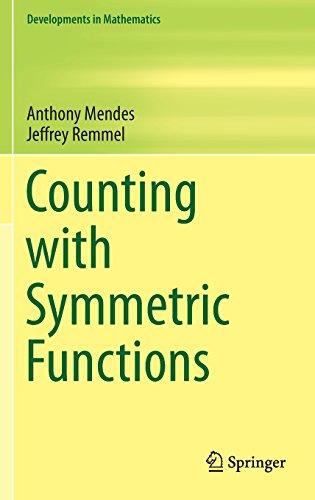

Most ebook files are in PDF format, so you can easily read them using various software such as Foxit Reader or directly on the Google Chrome browser.
Some ebook files are released by publishers in other formats such as .awz, .mobi, .epub, .fb2, etc. You may need to install specific software to read these formats on mobile/PC, such as Calibre.
Please read the tutorial at this link: https://ebookbell.com/faq
We offer FREE conversion to the popular formats you request; however, this may take some time. Therefore, right after payment, please email us, and we will try to provide the service as quickly as possible.
For some exceptional file formats or broken links (if any), please refrain from opening any disputes. Instead, email us first, and we will try to assist within a maximum of 6 hours.
EbookBell Team

4.0
26 reviewsThis monograph provides a self-contained introduction to symmetric functions and their use in enumerative combinatorics. It is the first book to explore many of the methods and results that the authors present. Numerous exercises are included throughout, along with full solutions, to illustrate concepts and also highlight many interesting mathematical ideas.
The text begins by introducing fundamental combinatorial objects such as permutations and integer partitions, as well as generating functions. Symmetric functions are considered in the next chapter, with a unique emphasis on the combinatorics of the transition matrices between bases of symmetric functions. Chapter 3 uses this introductory material to describe how to find an assortment of generating functions for permutation statistics, and then these techniques are extended to find generating functions for a variety of objects in Chapter 4. The next two chapters present the Robinson-Schensted-Knuth algorithm and a method for proving Pólya’s enumeration theorem using symmetric functions. Chapters 7 and 8 are more specialized than the preceding ones, covering consecutive pattern matches in permutations, words, cycles, and alternating permutations and introducing the reciprocity method as a way to define ring homomorphisms with desirable properties.
Counting with Symmetric Functions will appeal to graduate students and researchers in mathematics or related subjects who are interested in counting methods, generating functions, or symmetric functions. The unique approach taken and results and exercises explored by the authors make it an important contribution to the mathematical literature.